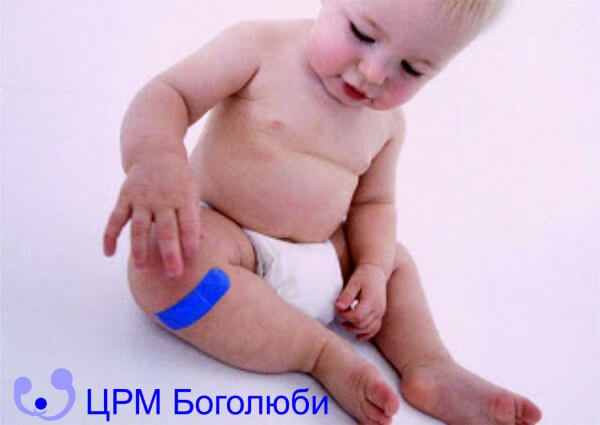Hemophilia - is a hereditary genetic disease characterized by impaired blood coagulation. The cause of hemophilia is a genetic mutation of the sex chromosome X.
The patient has prolonged bleeding even after a minor injury or cut of the skin. A pregnant woman who has a family history of hemophilia can take a genetic test to see if she is a carrier of the disease or not.
The process of coagulation
When a person injures the skin so that there is a loss of blood (cut), then for a short time you can notice that drops of blood pass from a liquid to a solid state. This unique process is called coagulation. Coagulation is vital, as without it, it’s impossible to stop bleeding. In a person suffering from hemophilia, blood coagulation is much less effective than blood loss. Thus, the time of hemorrhage is prolonged, leading to serious and difficult consequences.
A bit of genetics
Hemophilia primarily affects boys. But why? The mutation in the X chromosome, which determines the presence of pathology, is recessive. This means that a girl’s disease can manifest itself only when both of her sex chromosomes mutate (which is very unlikely). The boy has only one X chromosome, and its mutation usually leads to death.
Heredity
From the union of a woman carrying a mutant gene and a healthy man, one should expect the following:
- 50% of boys will be born with hemophilia;
- 50% of girls will be healthy carriers of the mutant gene.
If both husband and wife carry the mutant gene, then all girls from such a marriage will become carriers of the mutant gene, boys - 50% - sick, 50% - healthy.
Symptoms of hemophilia
The main symptom of hemophilia of any type is a prolonged loss of blood even after a minor external injury (cut, scratch, etc.). In addition to it:
- deep and extensive hematomas;
- bleeding in large joints (knee, hip, ankle, etc.), resulting in pain and swelling of the joints;
- blood in urine and stool;
- prolonged bleeding after tooth extractio;
- irritability, fatigue (in young children).
). It must be borne in mind that the higher the coagulation factor deficiency, the more pronounced the signs of the disease.
Patients with a coagulation factor from 5 to 50% of normal suffer from mild hemophilia. Under these circumstances, the disease does not cause any particular problems. Note that a child suffers from hemophilia simply. From the first steps, from the first inevitable falls (about two years), the classic symptoms of the disease appear.
When one has to visit a doctor?
Seek help for sure if:
- prolonged bleeding;
- frequent hematomas;
- family history.
Unfortunately, hemophilia is a genetic disease and is still incurable. However, today, thanks to the achievements of medicine, the patient can lead an almost normal life. The therapeutic programs have been enriched with new procedures and others have been improved, such as blood transfusion. The choice of the most appropriate therapy depends on the type and severity of the disease. Treatment includes injections of synthetic hormones that stimulate the release and constant circulation of coagulation factor, injections of recombinant coagulation factors, and blood transfusion.
















